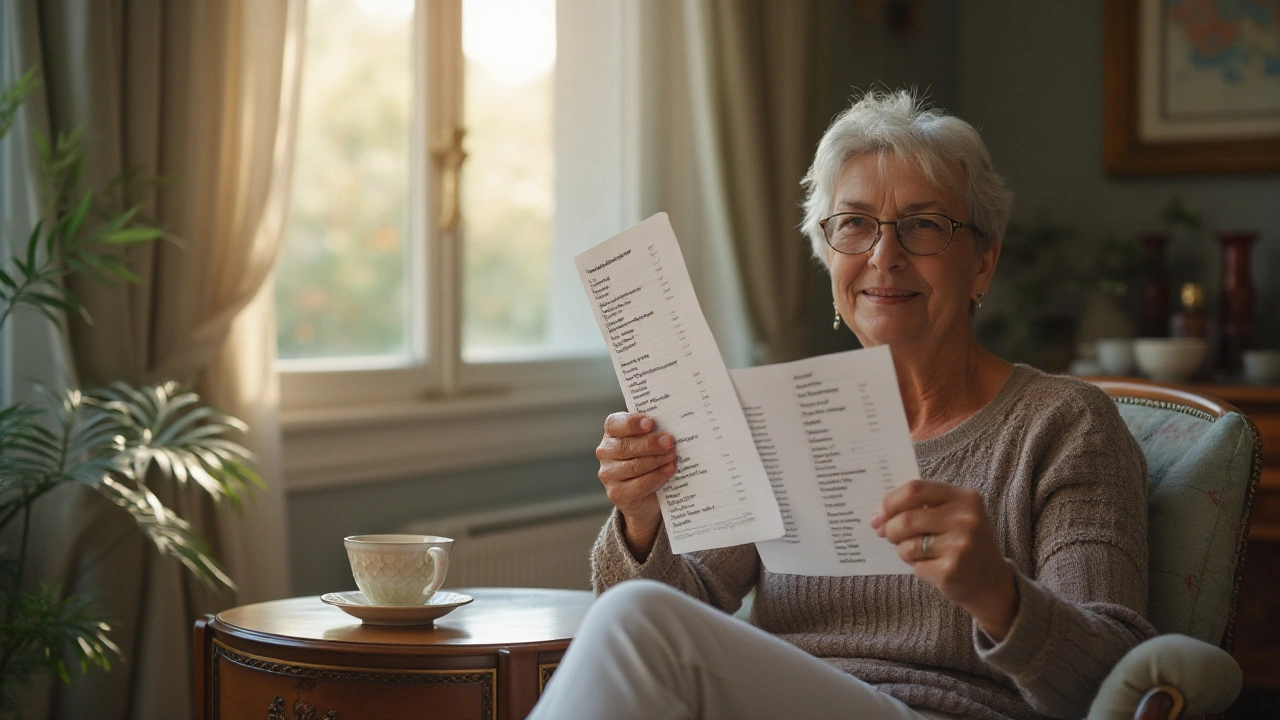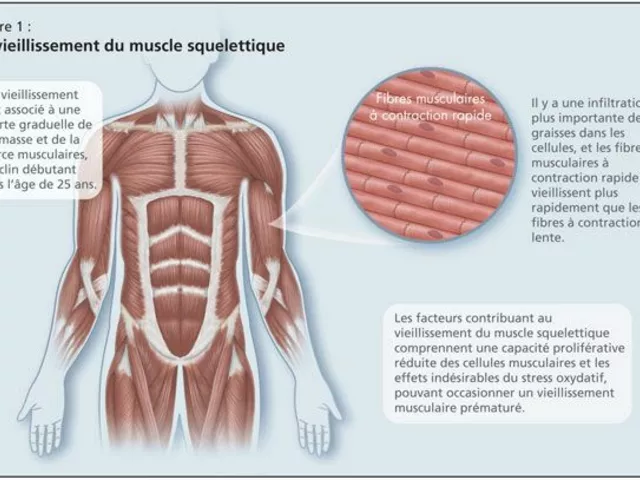Anxiety Management: Practical, Everyday Tools That Work
Anxiety can show up as tight chest, racing thoughts, or that urge to escape a situation. You don’t have to wait for it to fade. Small, practical moves can stop a spike fast and reduce how often it happens long term.
Quick tools to calm a spike
Breathe for real: try box breathing — inhale 4, hold 4, exhale 4, hold 4 — repeat until your heart slows. Grounding works: name five things you see, four you can touch, three you hear, two you smell, one you taste. Tighten and release muscles from your toes to your face to drop physical tension. Move: a quick walk or stretching changes your brain chemistry in minutes. Cold water on your face or a splash to the wrists sends an automatic calming signal. Label the feeling out loud — naming fear reduces its power.
Long-term strategies that reduce baseline anxiety
Cognitive behavioral habits matter. Spot automatic catastrophic thoughts and ask: what’s the evidence? Replace “I’ll fail” with “I can try and learn.” Schedule a 15-minute daily “worry time” so worries don’t bleed into everything else. Sleep, movement, and body clock consistency make a huge difference — aim for 30 minutes of moderate activity most days and a bedtime routine you follow every night. Limit caffeine and alcohol; alcohol can worsen anxiety over time and may interfere with meds. Try gradual exposure to avoided situations rather than avoidance; small steps build confidence.
Therapy, medication, and when to get help
If anxiety keeps you from work, relationships, or sleep, see a clinician. CBT and exposure therapy have strong evidence and teach skills you use for life. Medications can help short-term or long-term: common options include SSRIs and SNRIs, buspirone, and sometimes short courses of benzodiazepines under close supervision. Your doctor will match treatment to your needs and medical history. If you have thoughts of harming yourself or panic that won’t settle, seek immediate care or call emergency services.
Practical daily plan you can try this week
1) Morning: 20 minutes of movement or sunlight. 2) Midday: one focused work block, short walk, and limited caffeine after 2 pm. 3) Evening: 30-minute wind-down without screens, breathing practice, and a consistent bedtime. 4) Weekly: practice one small exposure — talk to one new person, attend a class, or make a phone call you’ve been avoiding.
Safe supplements and medication notes
Some supplements, like omega‑3 (krill oil), may slightly help mood but talk with your doctor before starting anything, especially if you take prescriptions. Avoid mixing alcohol with anxiety meds. If you’re curious about specific medicines, check a reliable source or talk to a pharmacist.
Related reading on PlushCare Pharmacy Guide
- Wellbutrin Alternatives: comparing antidepressant effects (read more)
- Strattera: non‑stimulant ADHD treatment and mental health links (read more)
- Opioid Addiction and the Brain: understanding overlaps with anxiety (read more)
- Krill Oil: omega‑3 and mood support (read more)
- Alcohol and Medication: how booze affects meds (read more)
Georgea Michelle, Jan, 7 2025
Top 7 Atarax Alternatives for Anxiety and Allergies in 2025
Discover effective alternatives to Atarax in 2025 for managing anxiety and allergies. Explore the pros and cons of Allegra, Claritin, Zyrtec, Benadryl, Buspirone, Celexa, and Ativan. Each option offers unique benefits and considerations, allowing individuals to choose the best fit for their needs.
View More





